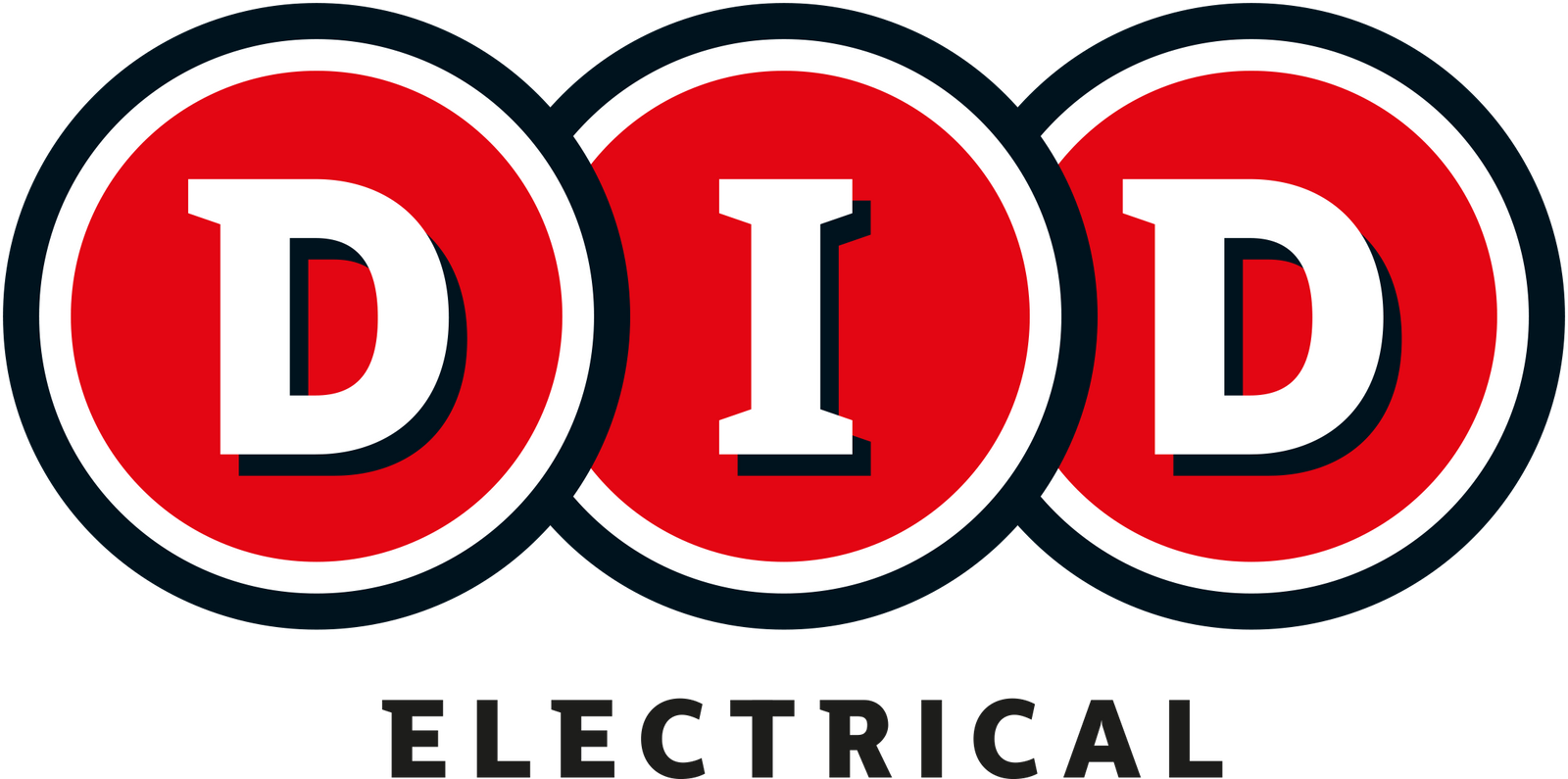A tumble dryer is a staple of the modern home. They are convenient (especially considering the fact that Ireland is not exactly the most reliable country in the world when it comes to good weather), and are super quick, which is always great. But did you know that there are actually different types of tumble dryers? And no, they are not all energy drainers either. In fact, the heat pump tumble dryer is one of the most energy-efficient appliances that you can possibly have in your home. In this short and sweet article, we look to address why heat pump dryers are so energy efficient, and perfect for your home, regardless of their size.
What is a heat pump tumble dryer?
Simply put, a heat pump dryer is a ventless condenser drier that recycles heat with each load, extracting moisture and retaining and reusing heat for the next drying cycle. The hot air that passes through is filtered through a condenser, taking out the moisture and storing it in a reservoir. This means that this type of tumble dryer doesn’t use as much energy to heat fresh, cold air, making it the most efficient type of tumble dryer available on the market.
The Good and the Bad: heat pump tumble dryer
The most important positive that comes with owning a heat pump dryer is that it is not nearly as expensive to run as a typical condenser dryer. In fact, some heat pump dryers can save up to 50% more energy than regular dryer models that are condenser or vent operated. Imagine how much cheaper those electricity bills will look.
Another advantage of owning a heat pump dryer is that they operate at a slightly lower temperature. This is important because hotter temperatures will damage your clothes and likely cause shrinkage.
The negatives attached to the heat pump dryer are mostly the initial cost of your new machine. The heat pump dryer is typically part of the more premium lineup of machines in any shop, but that is because it is the most efficient and modern. Similarly, whilst the lower temperature is good for preventing shrinkage, it does mean that they will take a little longer to dry, so if you are a Monday morning uniform organiser and need your clothing dried ASAP, then a heat pump dryer may not be suitable for you.
Is cutting down on your energy bills important to you? Check out our blog on tumble dryer settings, suitability and how to save money.

Heat pump dryer vs condenser dryer
This is a very commonly asked question because the heat pump and the condenser dryer are the two most common and popular dryers on the Irish market. But which one should you pick? We have already discussed the beauty of the heat pump dryer, so let’s compare it to the condenser dryer.
A condenser dryer extracts moisture from wet clothes and drains it away as condensed water. The dry air is heated and used to dry the clothes. Most condenser dryers come with a drainage tube that automatically drains condensed water down the sink. However, there are still models out there that have a water container that needs to be manually emptied periodically. Depending on where you place your unit you may need to empty the water container by hand, which should be done after each cycle.
When it comes to the condenser dryer, can dry clothes faster than the heat pump dryer because it operates at a higher temperature. They are ideal for busy families and large households. Condenser dryers are also a little cheaper up front but might cost more in the long run due to the amount of electricity they use.
Heat pump dryers do not need to be vented, and because they do not produce as much heat as other dryers, they can be placed anywhere in the house. Ideal for smaller homes or apartments.
Here is a quick list of pros and cons attached to both heat pump and condenser dryers:
Condenser Dryer Pros
-
Large capacities make it ideal for families -
They will dry clothes quickly due to their higher temperature capabilities
Condenser Dryer Cons
-
High heat uses more energy, making them expensive to run -
The higher heat can damage or shrink your clothes over time
Heat Pump Dryer Pros
-
More eco-friendly than other types of dryers, which is ideal for the modern home -
Easier on fabrics due to the lower temperature that it operates with
Heat Pump Dryer Cons
-
It can be more expensive up-front than other styles of tumble dryer - Clothes will take a little longer to dry
Installing a heat pump dryer
Installing a heat pump dryer is quite a straightforward task. There are just a couple of important tips that you need to follow. If you are not installing a drain for your unit, be sure to place it in an area where you can easily remove the water container. This needs to be regularly emptied. If you want to install a drain for your unit, you will need a space close to a sink or in your utility room where a pipe has been installed. You can also opt for an integrated appliance which will require the cabinet door to be fixed to the front of your unit. The best course of action when it comes to installation is following the manual with the dryer. Your tumble dryer will come with its own specific instructions, so be sure to check on that when you buy.
heat pump tumble dryer FAQs
Does a heat pump dryer cause condensation?
Yes, a heat pump dryer will produce condensation as a regular part of its cycle. The heat travels through to the condenser, and condensation comes out as a result. However, because a heat pump dryer works off of a lower temperature, the condensation level will not be as high. You will also find that a heat pump dryer will not emit as much heat into the room as a standard condenser dryer.
Does a heat pump dryer need a vent?
No, a heat pump dryer does not need a vent, which is a positive upside to buying one. This means you can put your heat pump dryer in any location in your home. You can opt to use a drain with your heat pump dryer (like your washing machine!). This will mean you do not need to manually empty the water container.









